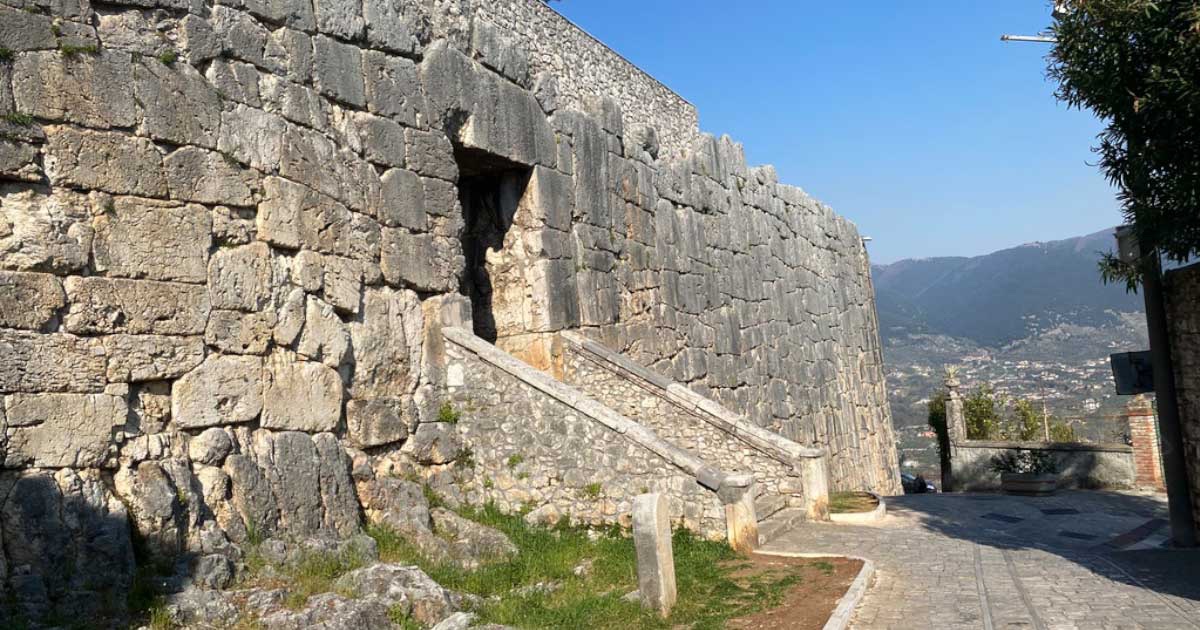
#OpenAccess paper in the Journal of Archaeological Science applying digital and statistical methods to analyse polygonal masonry in South Central #Italy 1/5
https://twitter.com/Giacomo_Arch/status/1621529616140713985
Dry-set masonry of "polygonal" blocks (here, Alatri in Lazio) is v. common in pre-Roman Italy and across Iron Age Mediterranean.
But perceived as irregular and hard to quantify, this technique is overlooked in current debates about societal and economic impacts of building 2/5
But perceived as irregular and hard to quantify, this technique is overlooked in current debates about societal and economic impacts of building 2/5

Our paper uses digital recording tools employed by @Giacomo_Arch's Ancient Hillforts Survey (see paper linked here) to create formal mode of assessing worked surface and volume of blocks, facilitating quantitative modeling of labor costs. 3/5 doi.org/10.1080/009346…
The hope is that this can help include numerous pre-Roman and Iron Age sites into wider discussions of the historical impacts of monumental construction in early societies 4/5
Extensions of our paper's methodology to other sites are already in the works! My brilliant co-author @Giacomo_Arch wrote the paper in R and has set out everything #OpenAccess in Quarto for others to use! 5/5 zenodo.org/record/7569523
• • •
Missing some Tweet in this thread? You can try to
force a refresh







